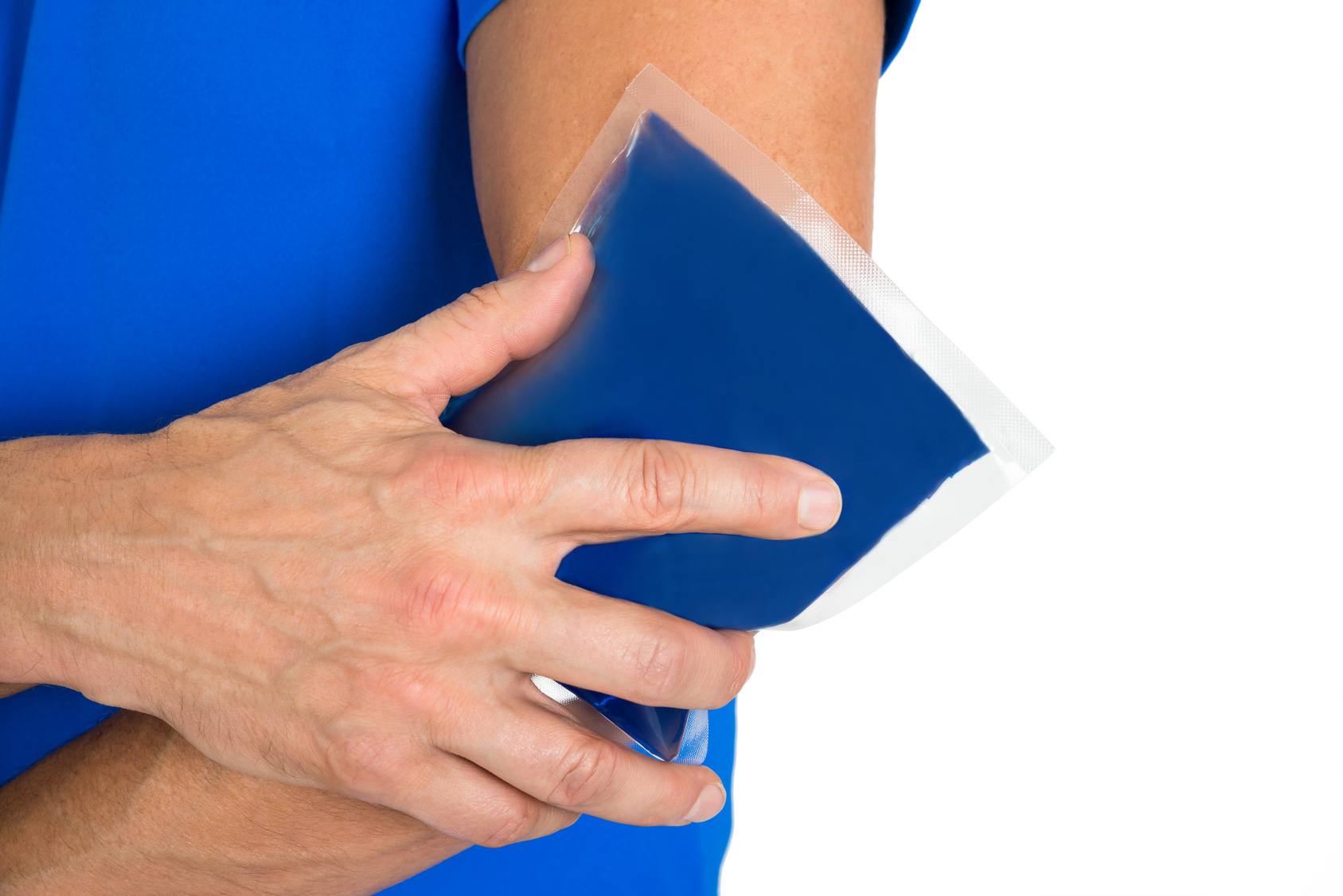If you’re experiencing joint or muscle pain, you may have scheduled an appointment with your doctor but are left wondering how you can give yourself relief in the meantime as you await your appointment. Though neither is a substitute for visiting a doctor and receiving treatment, a warm or cold compress can work wonders for relieving pain. But how do you know whether heat or cold will be better for your particular condition? Read on to find out.
Heat
What It’s Best For
Heat, or thermotherapy, is generally better for more chronic pain, or for pain that persists longer than one day. It works especially well on overworked muscles because of its ability to relax muscle stiffness and soreness. Heat can also help to stimulate blood flow, increase the supply of oxygen and nutrients, relieve muscle spasms, and increase the extensibility of collagen tissues. Conditions that benefit from thermotherapy include arthritis, ongoing athletic injury, chronic back pain, bursitis, and tendonitis. Keep in mind that some conditions like diabetes and dermatitis are not well suited to heat therapy, so you should always verify that your condition is compatible with heat therapy before applying any heat to pain.
How to Apply It
There are really two methods for apply heat to pain: wet and dry. Wet heat application is thought to be slightly more effective because water transfers heat more quickly than air does, and it can transfer heat more deeply in tissue; but either way will work well. Heat can be applied to joint or muscle pain with a warm towel (damp or dry), a plug-in heating pad, a hot water bottle, heat wraps, or even time spent in a hot sauna, shower, or bath. Just keep in mind that you should offset direct exposure to heat with a towel or something similar in order to prevent burning of the skin. Moreover, it’s important to stay hydrated and shy away from prolonged exposure to heat therapy.
Cold
What It’s Best For
Cold, or cryotheraphy, is generally good for more acute pain and for swelling or inflammation. You will often see cold used just after a serious injury occurs to help reduce any swelling or inflammation, followed by heat for longer term pain. Cold helps treat pain by soothing swollen tissue, which can cause pain as it compresses local tissue. It also slows down blood flow, which can help reduce fluid buildup in the injured area. Cold is more of a numbing agent in how it provides pain relief.
How to Apply It
Cold can be applied to an affected are with an ice pack, a chilled towel (wet or dry), or even an ice bath. Many also use bags of frozen vegetables because they are readily available and will easily fit around the curve of a joint.

